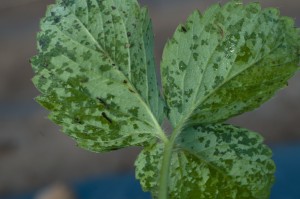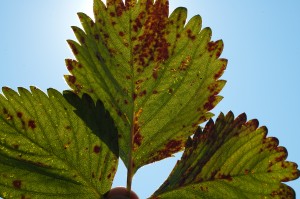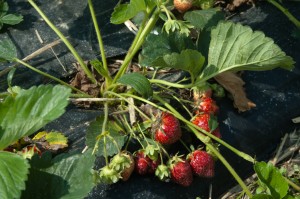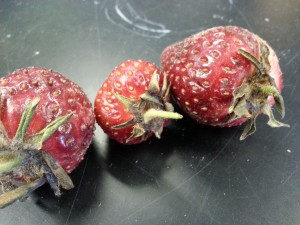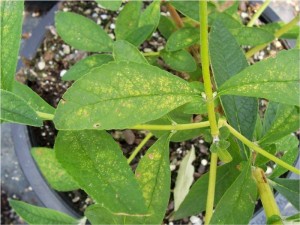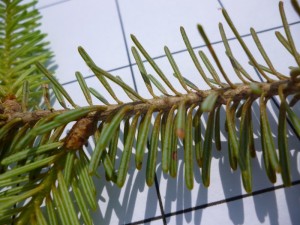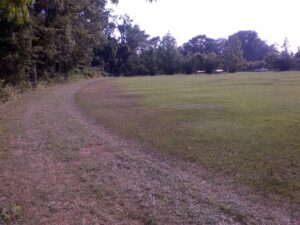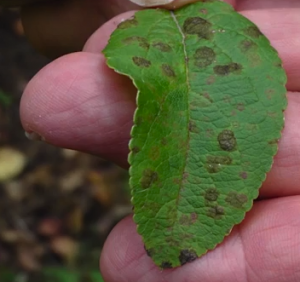
Apple Scab Control with Urea.
Video link: http://youtu.be/8g0WyVi68GM
This past season we saw elevated levels of apple scab in southern counties. Our IPM scouts found low levels of scab present in orchards where scab had not been detected for many years, even though these orchards had been carefully sprayed using effective materials. Most likely what we are witnessing is the result of an increasing pattern of wet seasons with periods of extreme rainfall and not resistance to DMI fungicides, although that is an area of great concern and cannot be ruled out. Regardless of the cause, high inoculum in the orchard will eventually lead to control failures with materials such as the DMI’s and other chemistries prone to resistance.
At any rate growers that had scab this year should integrate sanitation practices into their scab control program. The recommended sanitation program involves either: fall or spring applications of Urea; flail mowing fallen leaves: or preferably both.
Dr. Dan Cooley and Jon Clements at UMass have uploaded a short video explaining this approach.
